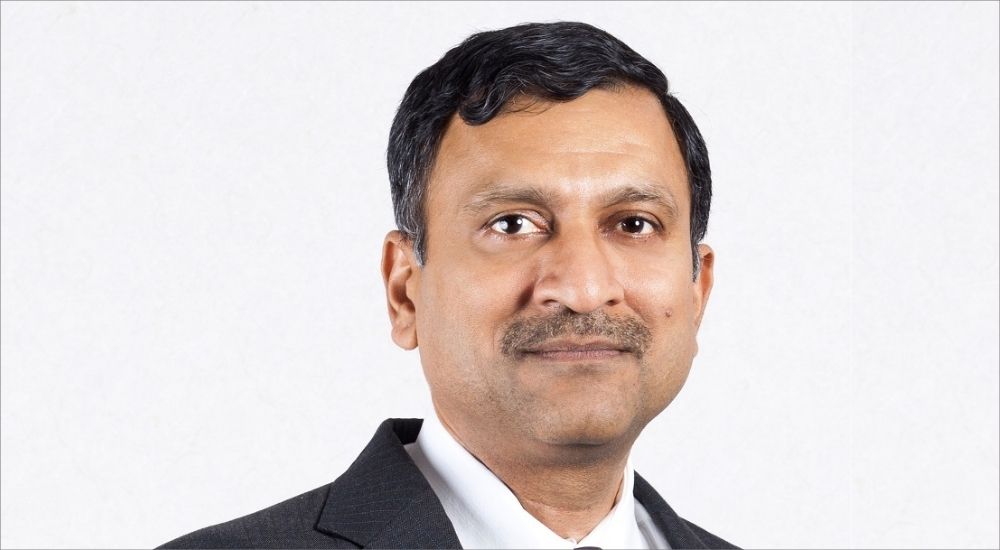Can a top-down approach to digital transformation work?

Emerson has always understood the value of digital transformation in providing and sustaining seamless service to our customers. Senior executives have been challenged to deliver on Emerson’s digital promise with a road map and return on investment that aligns with the company’s business goals.
The pandemic has presented opportunities using virtual and remote approaches to be productive, highlighting the need to accelerate digital transformation. Although highly skilled IT teams guide enterprise-wide digital transformation initiatives, operations leaders are also empowered to find digital solutions that solve day-to-day issues to optimise work processes.
The focus is more towards integrated operations rather than just remote operations. We see the opportunity to start with a hybrid workforce while we build a more sustainable digital infrastructure that enables effective automation of remote operations, optimising the right mix of remote and onsite work according to industries affected
Collaboration and transparency are key in building a strong culture of openness and trust that can be sustained over time. As the world moves digital, and to keep up with the changing times, it is important to establish a platform that enables machines to adapt to business transformations and acquire knowledge transfers from decades-long experiences of experts.
Willingness to accept change that automation and machines are now vital parts of the process, is needed to produce innovations and improvements while staying relevant and adding value to the business.
Digital transformation can be approached from anywhere in the organisation and what is not usually acknowledged is the vital role everyone has in making the transformation happen. The top-down approach or any other approach will not work well without the rest of the organisation aligned to deliver.
Senior executives must have the skill to manage and effectively communicate the change to employees by highlighting the long-term benefits of the transformation to them as part of the workforce and to the organisation.
Taking from the experiences of those who have successfully overcome this challenge, top executives can do well to manage by engaging and collaborating with the staff to recognise shared challenges and get their support in the decision-making process. They need to understand that changes are made to help the company in the long term.
In digital transformation, a clearly defined road map and ROI at each step is key to help them focus on what is important and not linger with pilots and proof of concepts. Adapt quickly to changes and pick the ones that give the highest ROI first.
Visualising the ideal organisational structure relevant to the roles of CIO, CTO, and CISO is challenging. The overall objective is to execute projects and operations involving all streams seamlessly.
With this, it is critical for functional departments from supply chain, production, and maintenance, through marketing to develop skills in cybersecurity, IT, data management, analytics, and above all instill a mindset of using modern tools and technology.
An ideal structure would be to funnel all relevant expertise under a common set of goals to each department with an option for deeper integration with a central pool of experts in each discipline when needed.

Key Takeaways
- Collaboration and transparency are key in building a strong culture of openness and trust.
- The top-down approach or any other approach will not work well without the rest of the organisation aligned to deliver.
- The ideal organisational structure objective is to execute projects and operations involving all streams seamlessly.
- The focus is more towards integrated operations rather than just remote operations.
Digital transformation can be approached from anywhere in the organisation and everyone has a vital role in its success.




